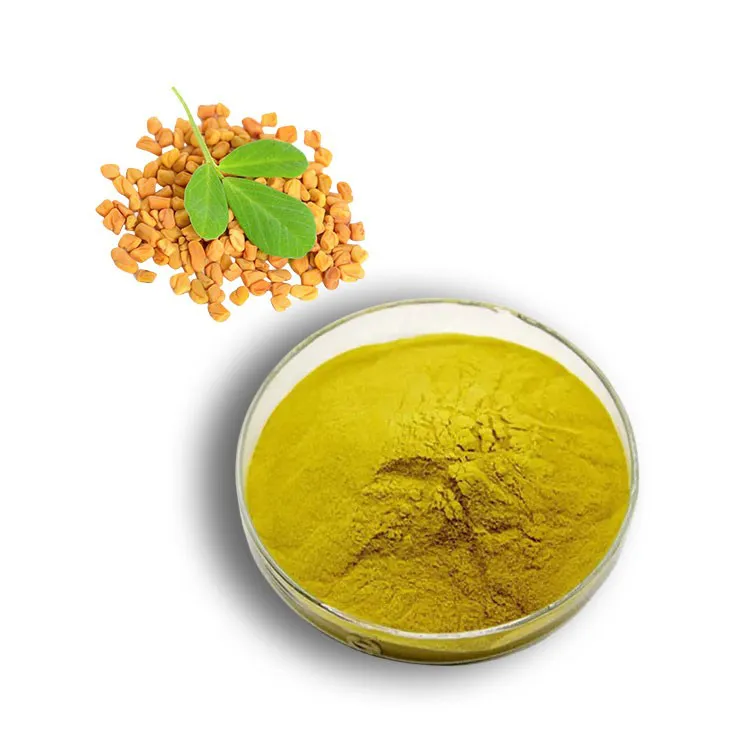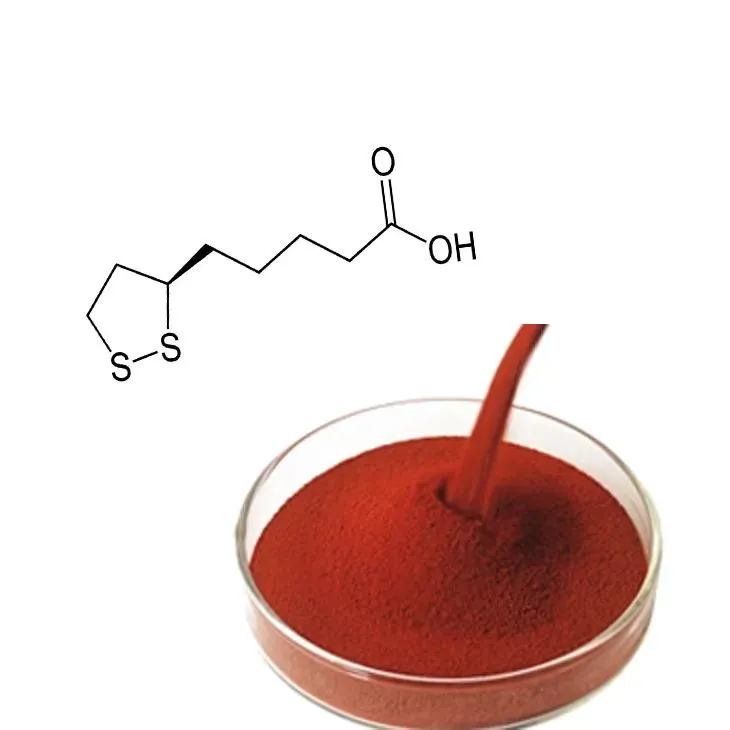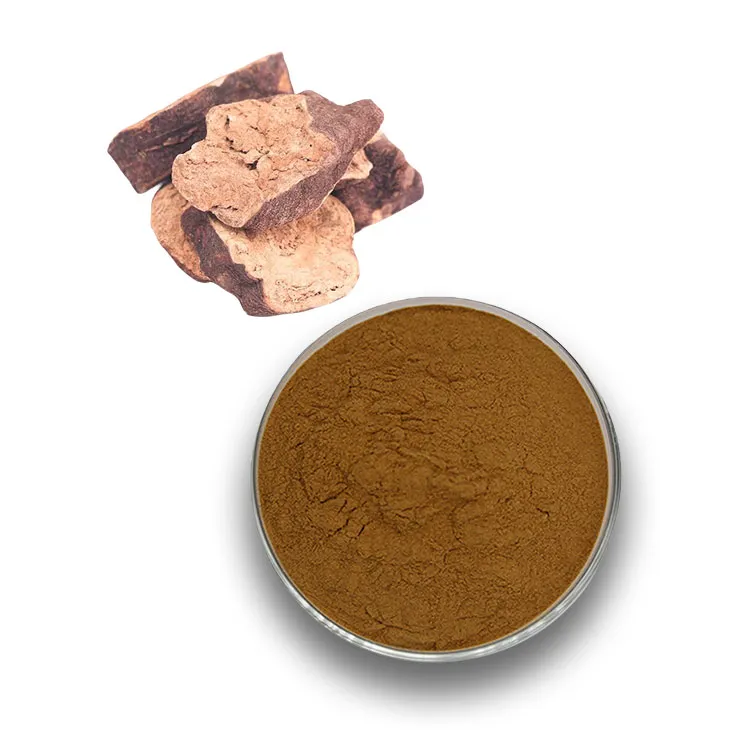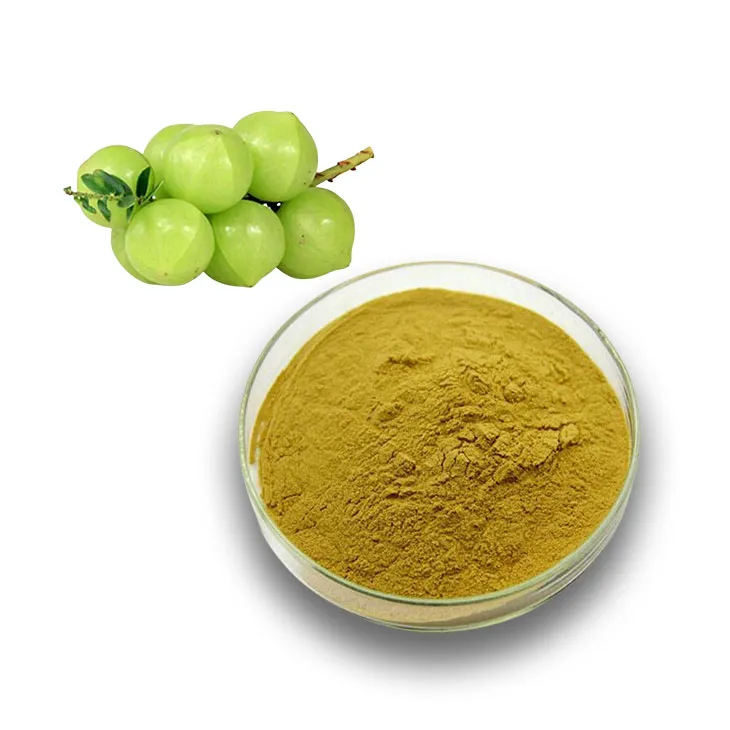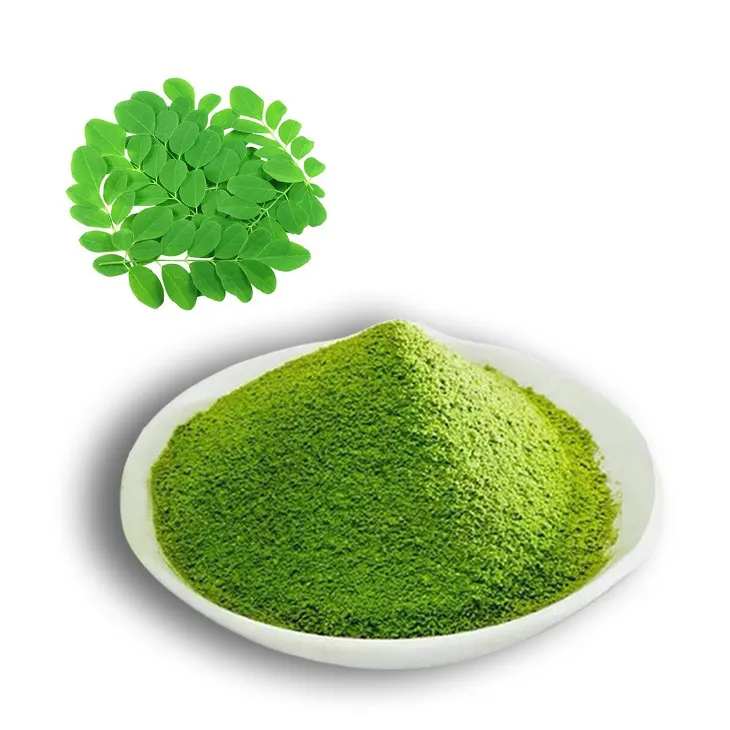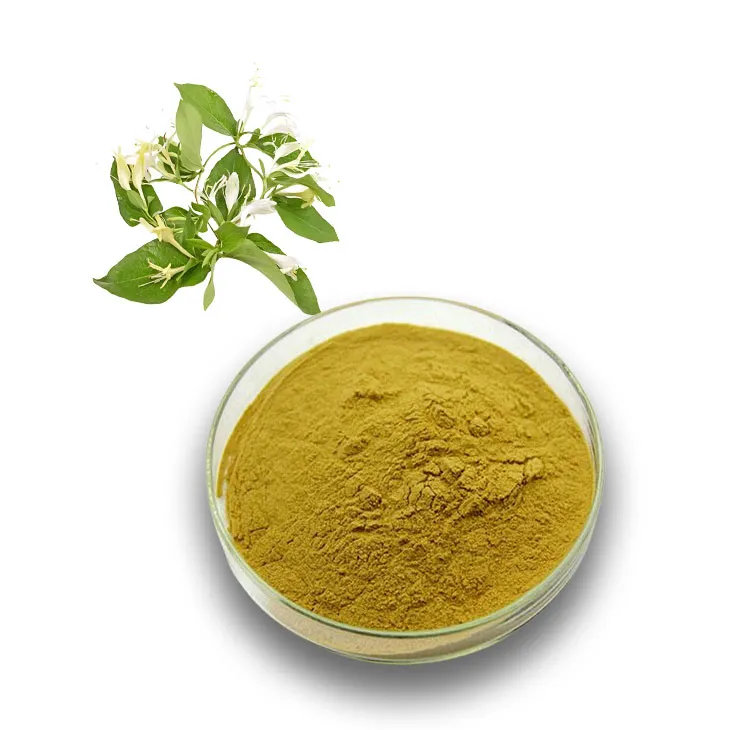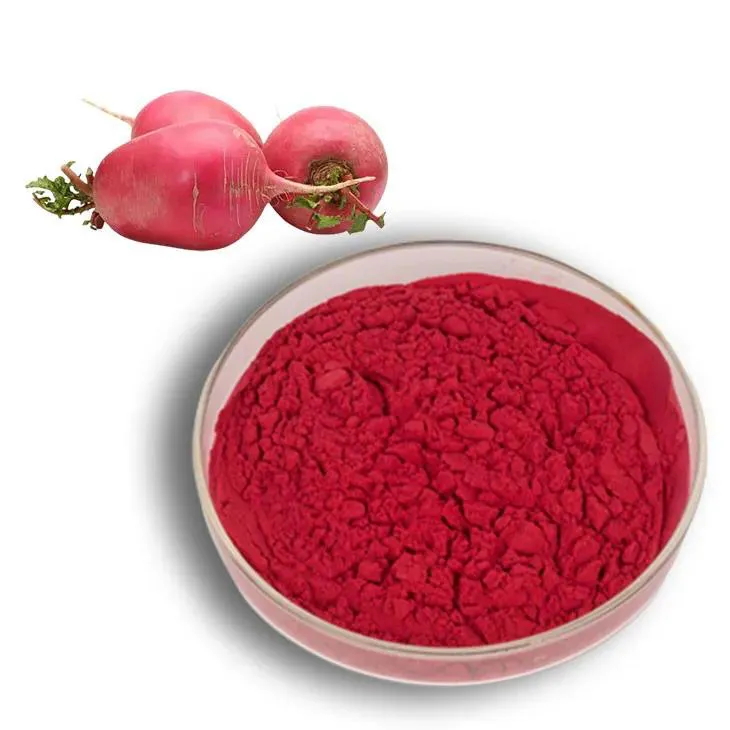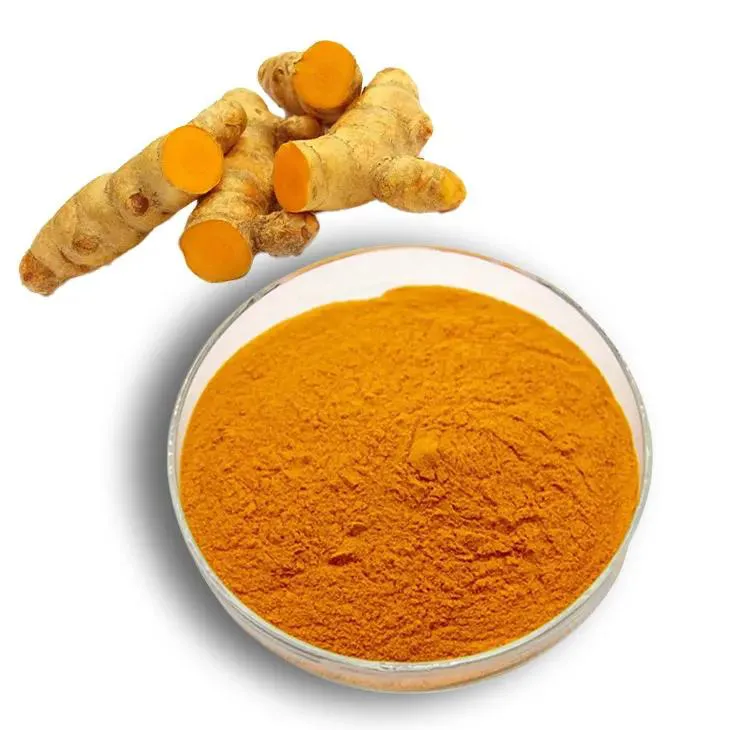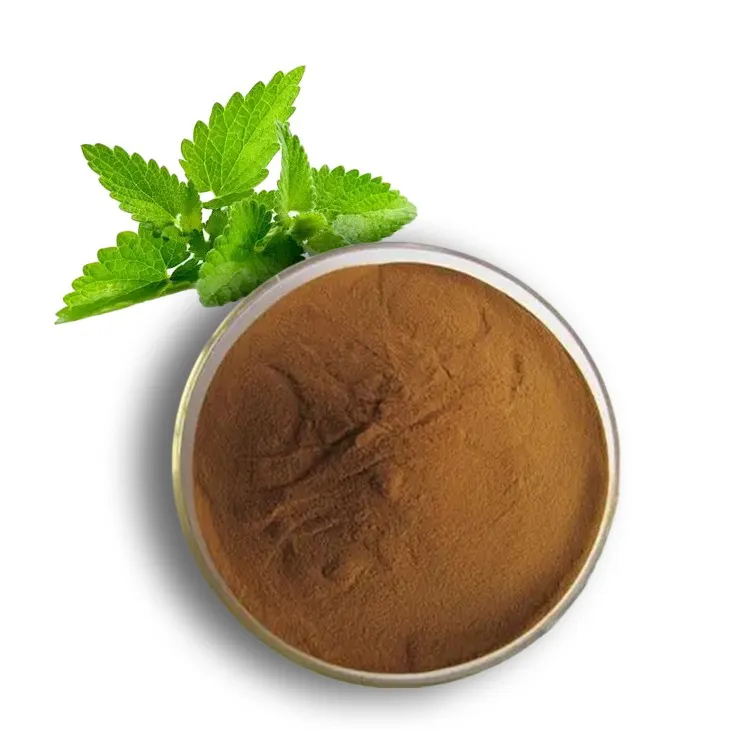- 0086-571-85302990
- sales@greenskybio.com
how much lycopene in tomato juice
2023-09-27
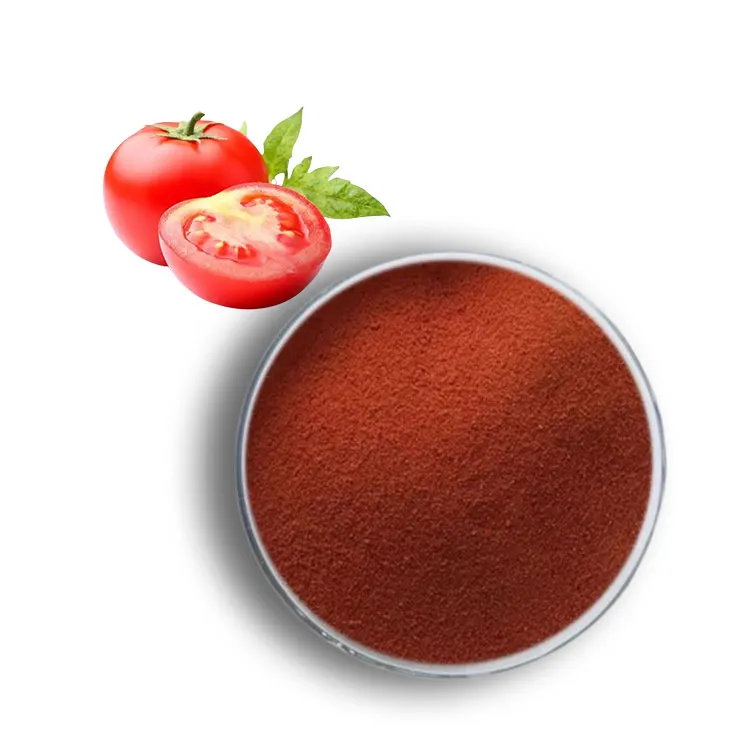
1. Importance of Lycopene in Diet
1. Importance of Lycopene in Diet
Lycopene is a powerful antioxidant and a phytochemical found in various red-colored fruits and vegetables, particularly in tomatoes and tomato products. It is a carotenoid, a type of pigment that gives these foods their vibrant color. The role of lycopene in our diet is significant due to its numerous health benefits, which include its potential to reduce the risk of certain cancers, improve heart health, and support skin health.
Benefits of Lycopene
- Cancer Prevention: Lycopene has been linked to a reduced risk of prostate, lung, and stomach cancers due to its antioxidant properties that help neutralize free radicals.
- Heart Health: It may help lower the risk of heart disease by reducing inflammation and improving cholesterol levels.
- Skin Protection: Lycopene can protect the skin from harmful UV radiation and may help in reducing the signs of aging.
- Eye Health: It supports eye health and may help prevent age-related macular degeneration.
Diet and Lycopene
Incorporating lycopene-rich foods into your diet is essential for maximizing its health benefits. Tomatoes and tomato-based products are among the best dietary sources of lycopene, but other sources include watermelon, pink grapefruit, guava, and red bell peppers.
Cooking and Lycopene
Interestingly, cooking tomatoes can increase the bioavailability of lycopene, making it easier for the body to absorb. This is because heat processing helps break down the cell walls of tomatoes, releasing more lycopene.
Conclusion
Lycopene is a vital nutrient that should not be overlooked in a balanced diet. Its antioxidant properties and potential health benefits make it an important component for maintaining overall health and well-being. By understanding the importance of lycopene and incorporating it into your daily meals, you can take a proactive approach to your health.
2. Tomato Juice as a Source of Lycopene
2. Tomato Juice as a Source of Lycopene
Tomato juice is widely recognized as a rich source of lycopene, a powerful antioxidant that offers a myriad of health benefits. This vibrant red liquid, derived from ripe tomatoes, is not only a staple in many diets but also a convenient way to incorporate this nutrient into your daily routine.
Nutritional Value
Tomato juice is packed with essential nutrients, including vitamins A and C, potassium, and folate. However, it is its high lycopene content that sets it apart as a superfood. Lycopene is a carotenoid, a type of phytochemical that gives fruits and vegetables their bright colors. It is particularly abundant in red fruits and vegetables, with tomatoes being one of the richest sources.
Lycopene in Fresh vs. Processed Tomato Juice
The lycopene content in tomato juice can vary depending on whether it is made from fresh tomatoes or processed tomato products. Fresh tomato juice tends to have a lower lycopene content compared to processed tomato juice, such as that made from canned tomatoes. This is because the processing techniques used in canning tomatoes can increase the bioavailability of lycopene, making it easier for the body to absorb.
Types of Tomato Juice
There are various types of tomato juice available in the market, each with its unique flavor profile and nutritional content. Some common types include:
1. Pure Tomato Juice: Made from ripe tomatoes, this type of juice is minimally processed and retains most of its natural nutrients, including lycopene.
2. Concentrated Tomato Juice: This is made by removing some of the water from pure tomato juice, resulting in a more intense flavor and higher concentration of nutrients, including lycopene.
3. Blended Tomato Juice: This type of juice combines tomato juice with other vegetable or fruit juices, creating a unique flavor and varying the nutritional content.
4. Organic Tomato Juice: Made from organically grown tomatoes, this juice is free from synthetic pesticides and fertilizers, ensuring a cleaner source of lycopene.
Cooking and Lycopene
It is important to note that cooking tomatoes can increase the bioavailability of lycopene. Heating tomatoes breaks down the cell walls, making it easier for the body to absorb the lycopene. This means that tomato juice made from cooked tomatoes or tomato paste may offer higher lycopene absorption compared to juice made from raw tomatoes.
In conclusion, tomato juice is an excellent source of lycopene, providing a convenient and delicious way to boost your intake of this essential nutrient. By choosing the right type of tomato juice and considering factors such as processing and cooking methods, you can maximize the lycopene content and health benefits of this nutrient-dense beverage.
3. Lycopene Content in Different Types of Tomato Juice
3. Lycopene Content in Different Types of Tomato Juice
Tomato juice is a popular beverage that is not only enjoyed for its refreshing taste but also for its rich nutritional content, particularly its lycopene. Lycopene is a powerful antioxidant that has been linked to a variety of health benefits, including reducing the risk of certain cancers and promoting cardiovascular health. The lycopene content in tomato juice can vary significantly depending on the type of tomato used, the processing method, and other factors.
3.1 Types of Tomato Juice
There are several types of tomato juice available in the market, each with its unique characteristics and lycopene content. Some of the common types include:
1. Fresh Tomato Juice: Made from freshly squeezed tomatoes, this type of juice is typically rich in lycopene. However, the content can vary depending on the ripeness and variety of the tomatoes used.
2. Concentrated Tomato Juice: This juice is made by removing water from fresh tomato juice, resulting in a more potent product with a higher concentration of lycopene.
3. Pasteurized Tomato Juice: Pasteurization is a process that involves heating the juice to a specific temperature to kill bacteria and extend shelf life. While this process can help preserve the juice, it may also affect the lycopene content.
4. Organic Tomato Juice: Organic tomato juice is made from tomatoes that are grown without the use of synthetic pesticides and fertilizers. The lycopene content in organic tomato juice can be similar to that of conventional tomato juice, but it may also be influenced by factors such as soil quality and growing conditions.
5. Low-Sodium Tomato Juice: This type of juice is made with reduced sodium content, making it a healthier option for those watching their sodium intake. The lycopene content in low-sodium tomato juice is generally similar to that of regular tomato juice.
3.2 Factors Influencing Lycopene Content
Several factors can influence the lycopene content in tomato juice, including:
1. Tomato Variety: Different tomato varieties contain varying amounts of lycopene. For example, red tomatoes typically have higher lycopene content than yellow or green tomatoes.
2. Ripeness: Riper tomatoes generally have a higher lycopene content than unripe ones. As tomatoes ripen, their lycopene levels increase.
3. Processing Methods: The way tomato juice is processed can impact its lycopene content. For instance, high-temperature processing can degrade some of the lycopene, while cold processing can help preserve it.
4. Storage Conditions: Exposure to light, heat, and oxygen can degrade lycopene, reducing its content in stored tomato juice.
3.3 Lycopene Content in Popular Brands
The lycopene content in tomato juice can also vary between different brands and products. To get an idea of the lycopene content in popular tomato juice brands, it's essential to check the nutritional information provided on the product labels. Some brands may also highlight their lycopene content as a selling point, indicating that their products are a good source of this beneficial nutrient.
In conclusion, tomato juice can be a valuable source of lycopene, depending on the type of juice, the tomatoes used, and the processing methods. To maximize lycopene intake, it's important to choose high-quality tomato juice products and be mindful of the factors that can influence lycopene content. By doing so, you can enjoy the many health benefits associated with this powerful antioxidant.
4. Factors Affecting Lycopene Absorption
4. Factors Affecting Lycopene Absorption
Lycopene is a powerful antioxidant that offers numerous health benefits, but its absorption in the body can be influenced by several factors. Understanding these factors can help you maximize the benefits of lycopene from your diet.
4.1 Cooking and Processing
One of the most significant factors affecting lycopene absorption is the method of preparation. Cooking and processing tomatoes can increase the bioavailability of lycopene. Heat helps break down the tomato's cell walls, making lycopene more accessible for absorption. Additionally, processing tomatoes into juice or sauce can also enhance lycopene availability.
4.2 Presence of Fat
Lycopene is a fat-soluble nutrient, which means it requires the presence of dietary fat for optimal absorption. Consuming tomato juice with a source of healthy fat, such as olive oil, avocado, or nuts, can improve the body's ability to absorb lycopene. This is because fat helps dissolve lycopene, making it easier for the digestive system to process and utilize it.
4.3 Cooking Methods
Different cooking methods can also impact lycopene absorption. For example, boiling tomatoes can cause some loss of lycopene due to leaching into the water. However, other methods like roasting or grilling can concentrate lycopene in the tomato, making it more bioavailable.
4.4 Variety of Tomato
The type of tomato used can also affect the amount of lycopene present. Some varieties, such as red, ripe tomatoes, contain higher levels of lycopene compared to green or unripe tomatoes. Additionally, heirloom tomatoes may have different lycopene content compared to conventionally grown tomatoes.
4.5 Individual Differences
Each person's body may absorb lycopene differently due to factors such as age, genetics, and overall health. Some individuals may have a more efficient absorption rate, while others may require more lycopene-rich foods to achieve the same benefits.
4.6 Interaction with Other Nutrients
The presence of other nutrients in the diet can also influence lycopene absorption. For instance, certain vitamins and minerals can either enhance or inhibit the absorption of lycopene. A balanced diet that includes a variety of fruits and vegetables can provide the necessary nutrients to support optimal lycopene absorption.
In conclusion, to maximize lycopene absorption from tomato juice and other tomato-based products, consider the method of preparation, the presence of dietary fat, the type of tomato, and individual differences. By understanding these factors, you can make informed choices to enhance the health benefits of lycopene in your diet.
5. Health Benefits of Lycopene
5. Health Benefits of Lycopene
Lycopene is a powerful antioxidant and has been linked to a multitude of health benefits. Here are some of the key advantages of incorporating lycopene-rich foods into your diet:
1. Cardiovascular Health: Lycopene has been shown to reduce the risk of heart disease by lowering blood pressure and improving cholesterol levels. It also helps in preventing atherosclerosis, a condition where plaque builds up in the arteries.
2. Cancer Prevention: Studies have suggested that lycopene may play a role in reducing the risk of certain types of cancer, including prostate, lung, and stomach cancer. Its antioxidant properties help neutralize free radicals, which can damage cells and lead to cancer.
3. Skin Protection: Lycopene can protect the skin from harmful UV rays and reduce the risk of sunburn. It also helps in maintaining skin elasticity and reducing the appearance of wrinkles, making it a natural anti-aging agent.
4. Eye Health: Lycopene is beneficial for eye health as it can help protect against age-related macular degeneration and cataracts. It is a key component of the macula, which is responsible for sharp central vision.
5. Anti-Inflammatory Properties: Lycopene has anti-inflammatory properties that can help reduce inflammation in the body, which is linked to various chronic diseases.
6. Bone Health: Some research indicates that lycopene may help maintain bone health and reduce the risk of osteoporosis.
7. Immune System Support: Lycopene can boost the immune system by enhancing the body's natural defenses against infections.
8. Diabetes Management: Lycopene has been found to improve insulin sensitivity and reduce the risk of type 2 diabetes.
9. Neuroprotection: It may also have neuroprotective effects, potentially reducing the risk of neurodegenerative diseases like Alzheimer's and Parkinson's.
10. Prostate Health: Men who consume more lycopene have been found to have a lower risk of prostate cancer.
Incorporating tomato juice and other lycopene-rich foods into your diet can provide these health benefits and contribute to overall well-being. It's important to note that while lycopene is beneficial, it should be part of a balanced diet and not a substitute for a healthy lifestyle.
6. How to Increase Lycopene Intake
6. How to Increase Lycopene Intake
Lycopene is a powerful antioxidant that plays a crucial role in maintaining good health. To ensure that you are getting an adequate amount of lycopene in your diet, consider the following strategies:
6.1 Incorporate More Tomato-Based Foods
Start by adding more tomato-based foods to your meals. Fresh tomatoes, tomato sauce, and tomato paste are all excellent sources of lycopene. You can use them in salads, pasta dishes, or as a base for soups.
6.2 Choose Lycopene-Rich Varieties
Not all tomatoes are created equal when it comes to lycopene content. Red tomatoes, especially those with a deep, intense hue, tend to have higher levels of lycopene compared to other varieties. Cherry tomatoes and heirloom tomatoes are also good choices.
6.3 Consume Tomato Juice Regularly
As discussed earlier, tomato juice is a rich source of lycopene. Make it a part of your daily diet by having a glass of tomato juice in the morning or incorporating it into smoothies and other beverages.
6.4 Cook Your Tomatoes
Cooking tomatoes can actually increase their lycopene content. The heat helps break down the cell walls, making it easier for your body to absorb the lycopene. Try roasting, grilling, or sautéing tomatoes to enhance their nutritional benefits.
6.5 Combine with Healthy Fats
Lycopene is a fat-soluble nutrient, which means it is better absorbed when consumed with a source of healthy fats. Pair tomatoes with avocados, olive oil, or nuts to improve lycopene absorption.
6.6 Opt for Lycopene-Enriched Products
Some products are specifically designed to be high in lycopene. Look for lycopene-enriched tomato sauces, pastes, and juices at your local grocery store.
6.7 Diversify with Other Lycopene Sources
While tomatoes are the most well-known source of lycopene, other foods also contain this beneficial compound. Watermelon, pink grapefruit, guava, and papaya are all good alternatives to include in your diet.
6.8 Monitor Portion Sizes
It's not just about what you eat, but also how much. Ensure that you are consuming enough of these lycopene-rich foods to meet your daily requirements.
6.9 Be Mindful of Preparation Methods
Some cooking methods can degrade lycopene. Avoid overcooking tomatoes and opt for methods that preserve their nutritional content.
6.10 Consult a Nutritionist
If you're unsure about how to increase your lycopene intake, consider consulting a nutritionist. They can provide personalized advice based on your dietary needs and preferences.
By following these strategies, you can ensure that you are getting enough lycopene to support your overall health and well-being. Remember, a balanced diet that includes a variety of fruits and vegetables is key to maintaining optimal health.
7. Conclusion and Recommendations
7. Conclusion and Recommendations
In conclusion, lycopene is a powerful antioxidant that plays a crucial role in maintaining good health and preventing various diseases. Tomato juice, being a rich source of lycopene, can be a valuable addition to your daily diet. However, it's important to note that the lycopene content can vary depending on the type of tomato juice and other factors such as processing methods and ripeness of the tomatoes.
To maximize the health benefits of lycopene, it's recommended to consume a variety of tomato-based products, including fresh tomatoes, tomato sauce, and tomato juice. Additionally, incorporating healthy fats such as olive oil or avocado in your meals can enhance lycopene absorption.
While increasing lycopene intake is beneficial, it's also important to maintain a balanced diet and a healthy lifestyle. Regular exercise, adequate sleep, and stress management are equally important for overall health and well-being.
In summary, tomato juice is a convenient and delicious way to boost your lycopene intake. By choosing high-quality products and combining them with a healthy lifestyle, you can reap the numerous health benefits of this powerful antioxidant.
- ▶ Hesperidin
- ▶ Citrus Bioflavonoids
- ▶ Plant Extract
- ▶ lycopene
- ▶ Diosmin
- ▶ Grape seed extract
- ▶ Sea buckthorn Juice Powder
- ▶ Fruit Juice Powder
- ▶ Hops Extract
- ▶ Artichoke Extract
- ▶ Mushroom extract
- ▶ Astaxanthin
- ▶ Green Tea Extract
- ▶ Curcumin
- ▶ Horse Chestnut Extract
- ▶ Other Product
- ▶ Boswellia Serrata Extract
- ▶ Resveratrol
- ▶ Marigold Extract
- ▶ Grape Leaf Extract
- ▶ New Product
- ▶ Aminolevulinic acid
- ▶ Cranberry Extract
- ▶ Red Yeast Rice
- ▶ Red Wine Extract
-
Fenugreek Extract Powder
2023-09-27
-
Astaxanthin
2023-09-27
-
Polygonum multiflorum extract
2023-09-27
-
Phyllanthus Emblica Extract
2023-09-27
-
Lycopene
2023-09-27
-
Moringa powder
2023-09-27
-
Honeysuckle Pollen
2023-09-27
-
Beetroot juice Powder
2023-09-27
-
Curcuma Longa Extract
2023-09-27
-
Peppermint Extract Powder
2023-09-27











